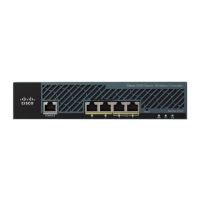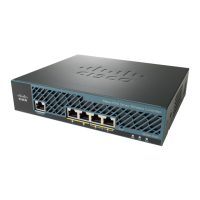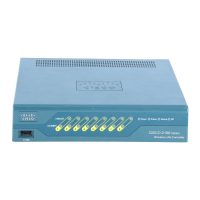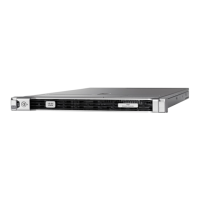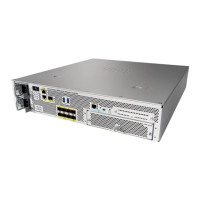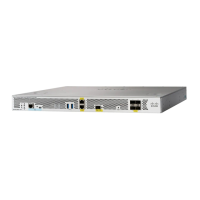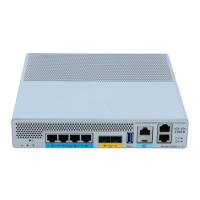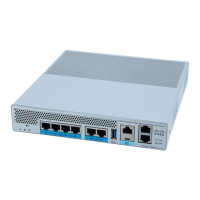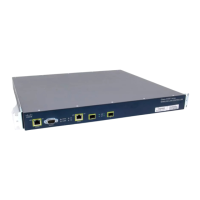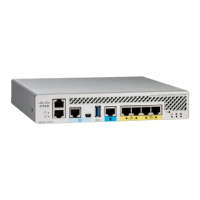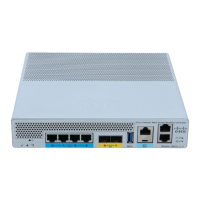Table of Contents
Troubleshooting the Router
Isolating Problems
Troubleshooting the Power and Cooling Systems
Troubleshooting the Ports, Cables, and Connections
Reading the LEDs
Troubleshooting the Router
This appendix contains information about how to isolate problems with the router and includes the
following sections:
Isolating Problems●
Reading the LEDs●
Isolating Problems
The key to problem solving in this system is to try to isolate the problem to a specific subsystem. By
comparing what the system is doing to what it should be doing, the task of isolating the problem is
greatly simplified.
When problem solving, consider the following subsystems:
Power and cooling systems--The power supply, power cable, and fan
●
Ports and cables--The ports on the rear panel of the router and the cables that connect to them●
Troubleshooting the Power and Cooling Systems
Check the following items to help isolate the problem:
When the power switch is in the ON position (|) and the System OK LED is ON, are the fans
operating? If not, check the fans.
●
Does the router shutdown after being ON a short time? Check the environmental conditions. The
router might be overheating, resulting in a thermal-induced shutdown. Ensure that the chassis
intake and exhaust vents are clear. Review the section "General Site Requirements" in the chapter
"Preparing to Install the Router." The operating temperature for the router is 32 to 104× F
(0 to 40×C).
●
http://www.cisco.com/univercd/cc/td/doc/product/access/acs_fix/cis2500/2520/2520_23/c2520trb.htm (1 of 3) [10/27/2000 3:07:57 PM]
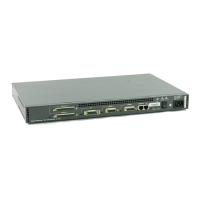
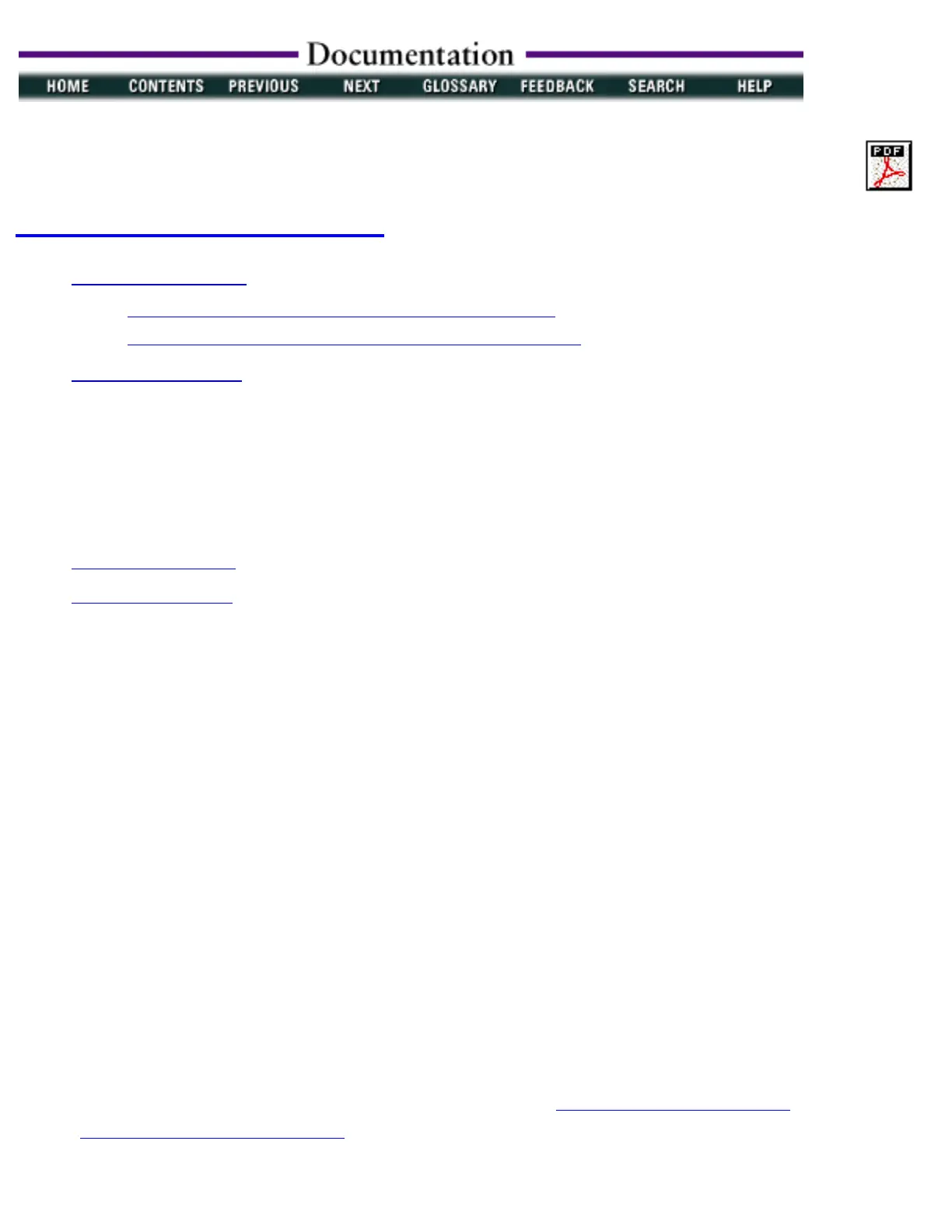